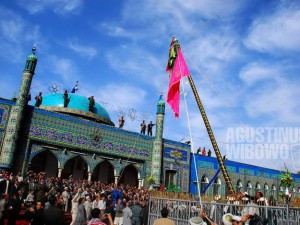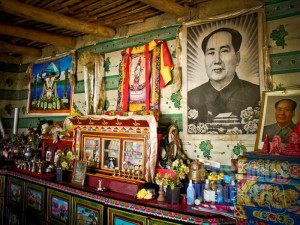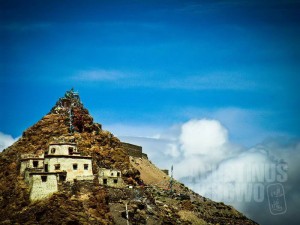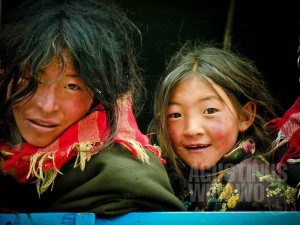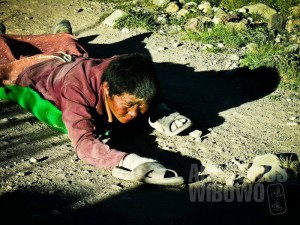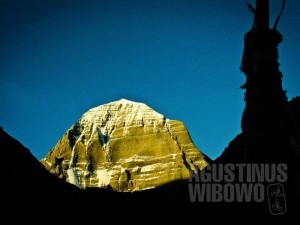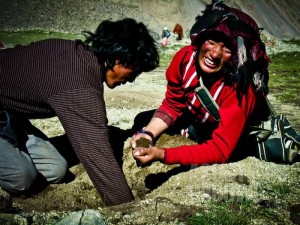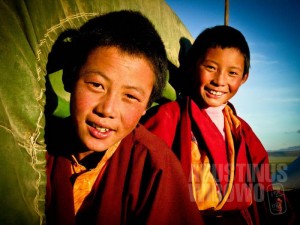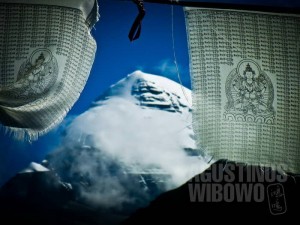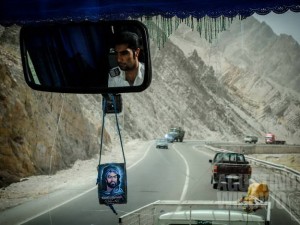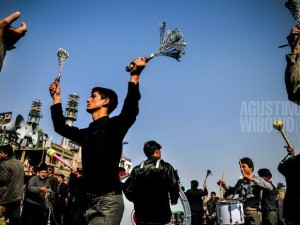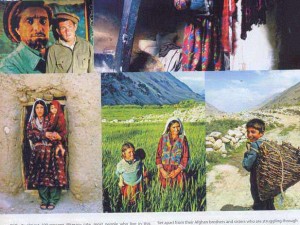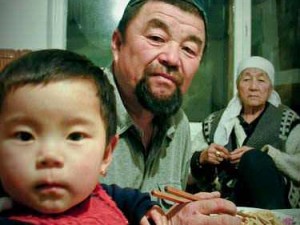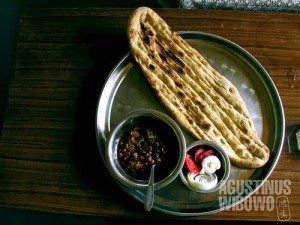#1Pic1Day: Bendera Ajaib | Magical Flag (Afghanistan, 2008)
Magical Flag (Afghanistan, 2008) The Afghans celebrate Persian New Year, known as Naoruz (“New Day”), which is usually celebrated on 21 March when the sun arrives exactly on northern equinox. The center of Naoruz celebration in Afghanistan is in the northern city of Mazar-e-Sharif, which is believed by the Afghans as the location of the mausoleum of Caliphate Ali bin Abi Thalib. On the Naoruz morning, they will raise a sacred flag known as “janda”. People would struggle hard to touch the flag as they believe the magical flag would cure any disease and bring good fortune. The celebration used to be banned under the Taliban. Bendera Ajaib (Afghanistan, 2008) Orang Afghanistan merayakan Tahun Baru Persia, yang disebut Naoruz (“Hari Baru”) dan jatuh pada 21 Maret, ketika matahari tepat berada di titik balik utara. Pusat perayaan Naoruz di Afghanistan adalah di kota Mazar-e-Sharif, di mana terdapat makam suci yang dipercaya sebagai makam Ali bin Abi Thalib. Di hari Naoruz, mereka akan mendirikan sebuah bendera suci yang disebut “janda”, dan orang-orang berebutan untuk menyentuh bendera itu karena dipercaya akan membawa mukjizat. Perayaan Naoruz pernah dilarang pada zaman Taliban. [...]

